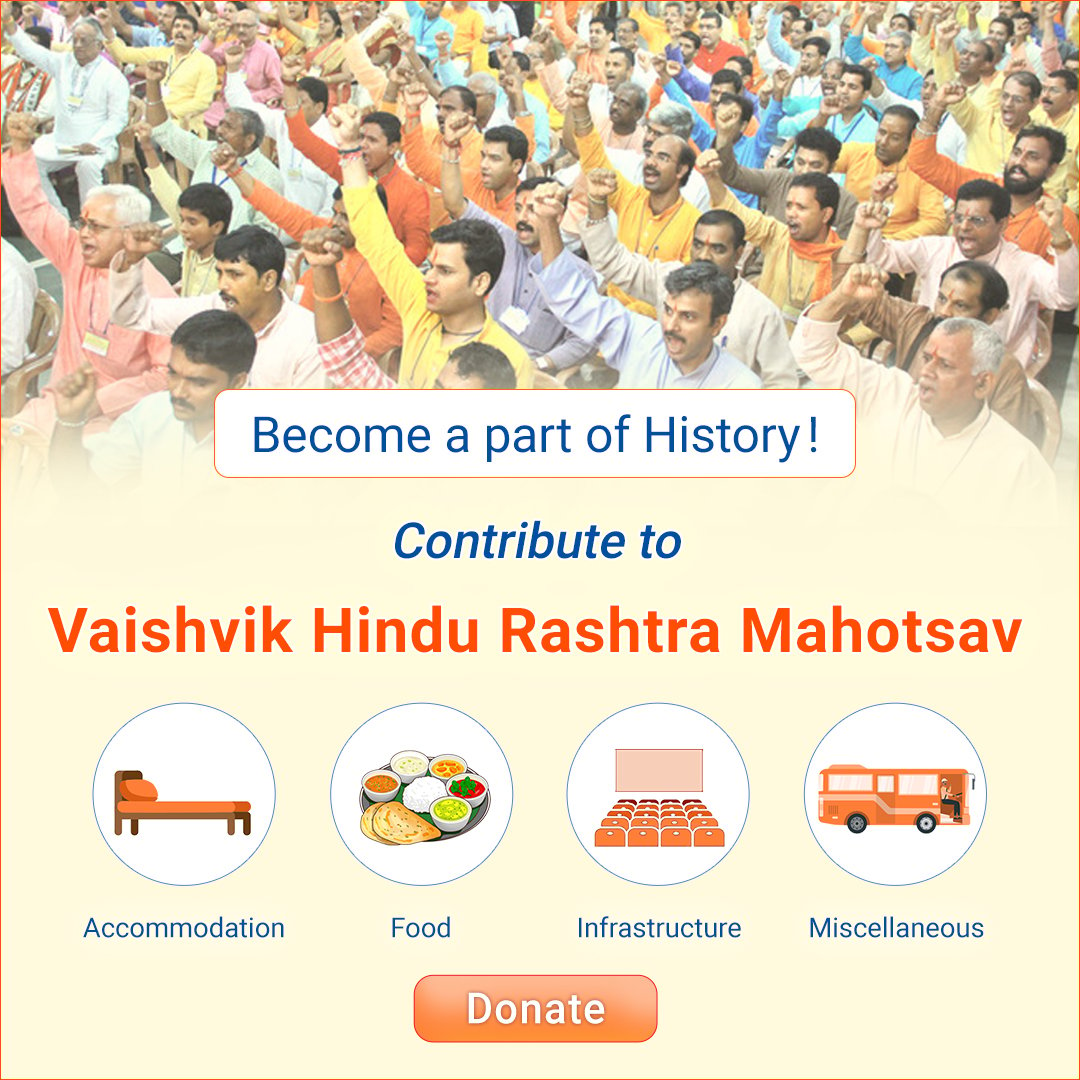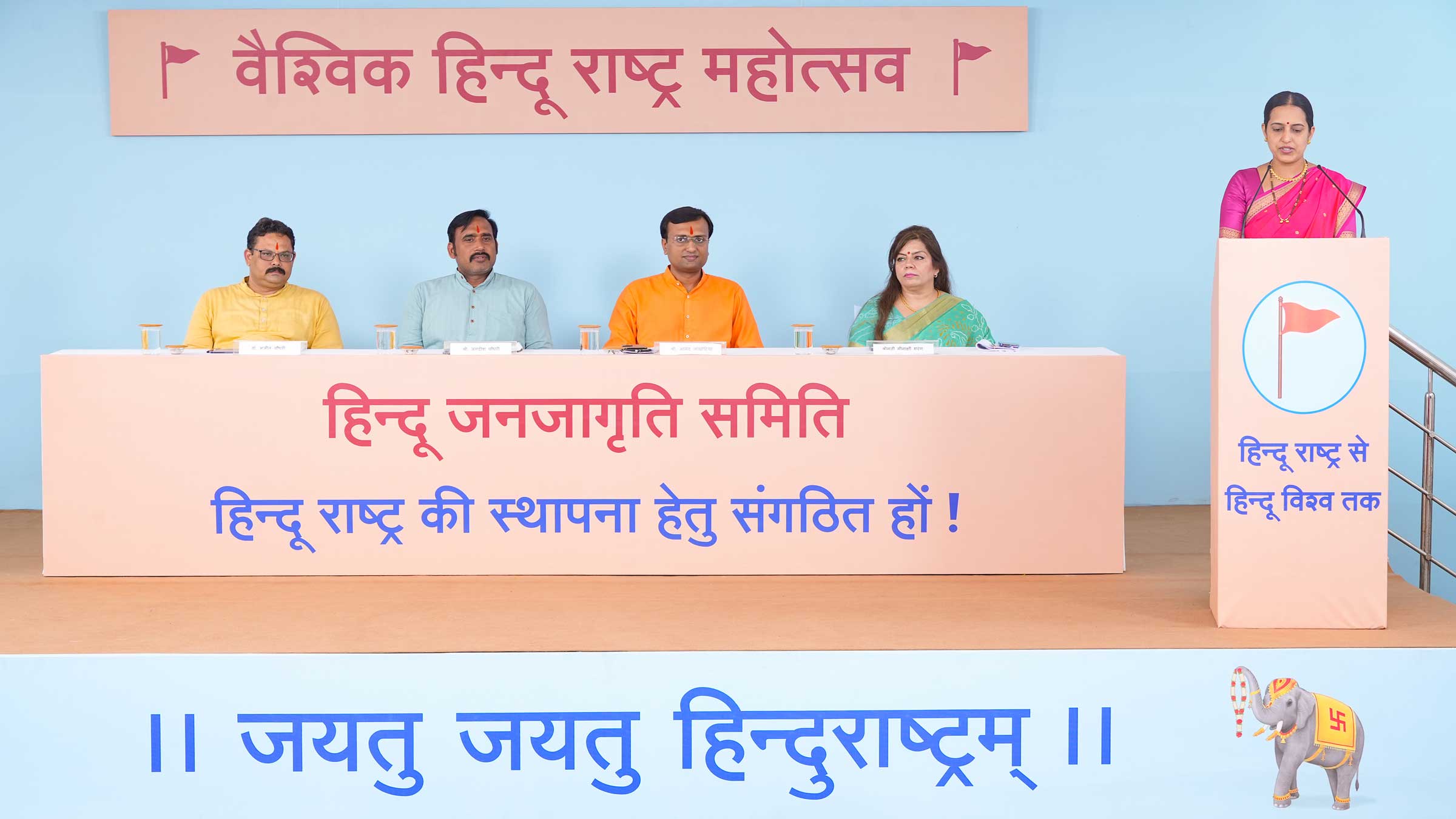
India is independent, our education system is not – Jagdish Chaudhary, Director, Balaji Group of Institutions, Ballabhgarh, Haryana
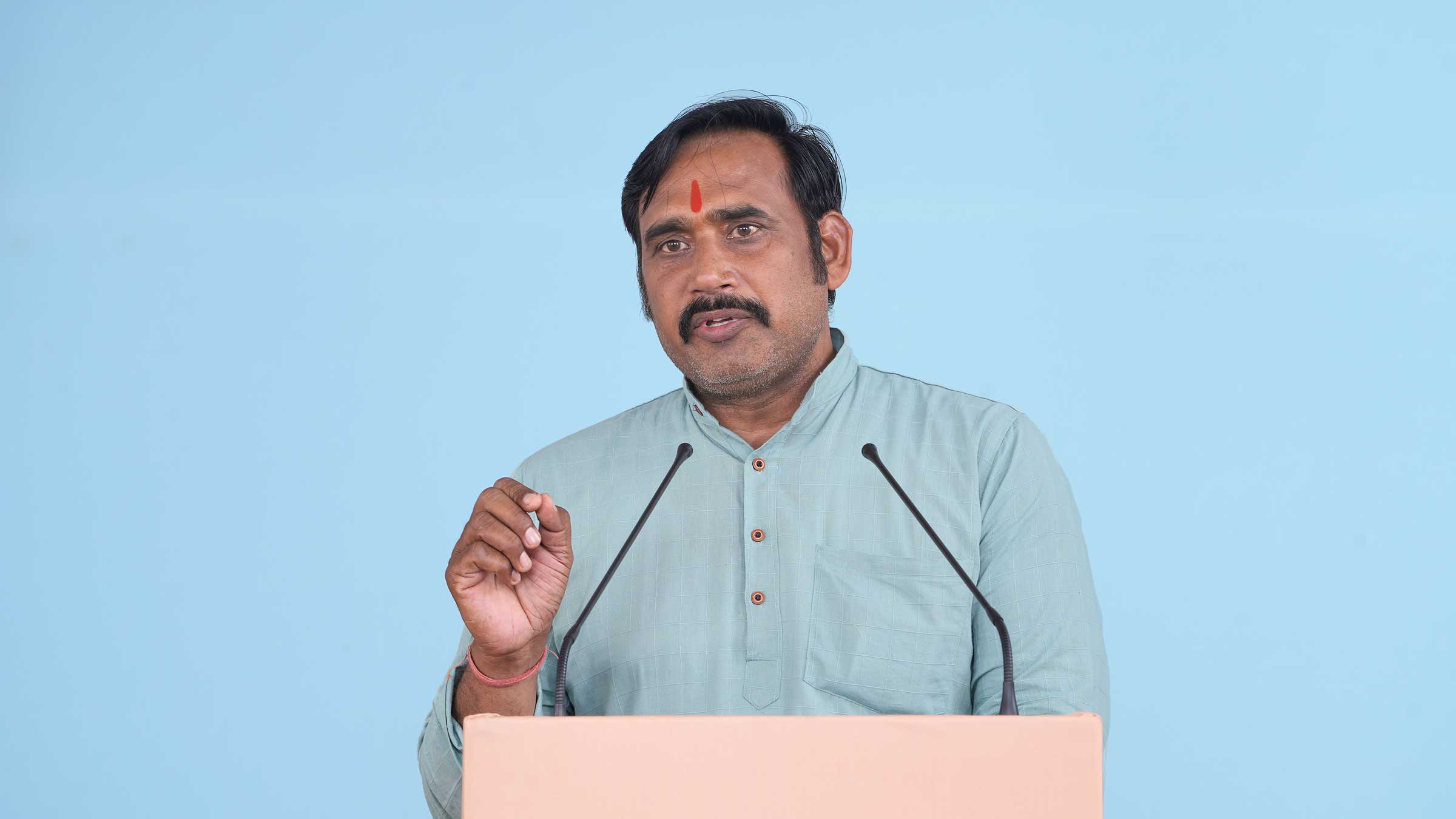
In 1829, there were 6 lakh 75 thousand Vidyapeethas (indigenous schools) in India. According to a survey conducted by the British in the year 1849, 91 percent of Indians in India were educated. Despite this, it is falsely propagated that ‘women did not have the right to education in ancient India’. The British recognized that ‘until the Indian education system is destroyed, India cannot be annexed’. Therefore, by destroying the indigenous education system, the British implemented their own system of education in India. Education opens the way to spiritual advancement. By destroying the Indian educational system, the British blocked this path of spiritual advancement. Although India has become independent, our education system has not. In India, history textbooks teach the history of invaders. History devoid of Indian culture is being taught today. In science textbooks information is given about research abroad instead of research in India. Indian history books should include Indian history. The British created the education system so that Indians should remain slaves without self-reliance. Britishers broke the backbone of Indians with this education system. Indian education is a guide for salvation. Mr Jagdish Chaudhary, Director, Balaji Group of Institutions, Ballabhgarh, Haryana appealed that this great education system should be included today. He was addressing the audience on Day 5 (on 21.6.2023) of the Vaishvik Hindu Rashtra Convention.
…then the Hindu girls would not have run away with the cattle slaughterers – Meenakshi Sharan, Founder, Ayodhya Foundation
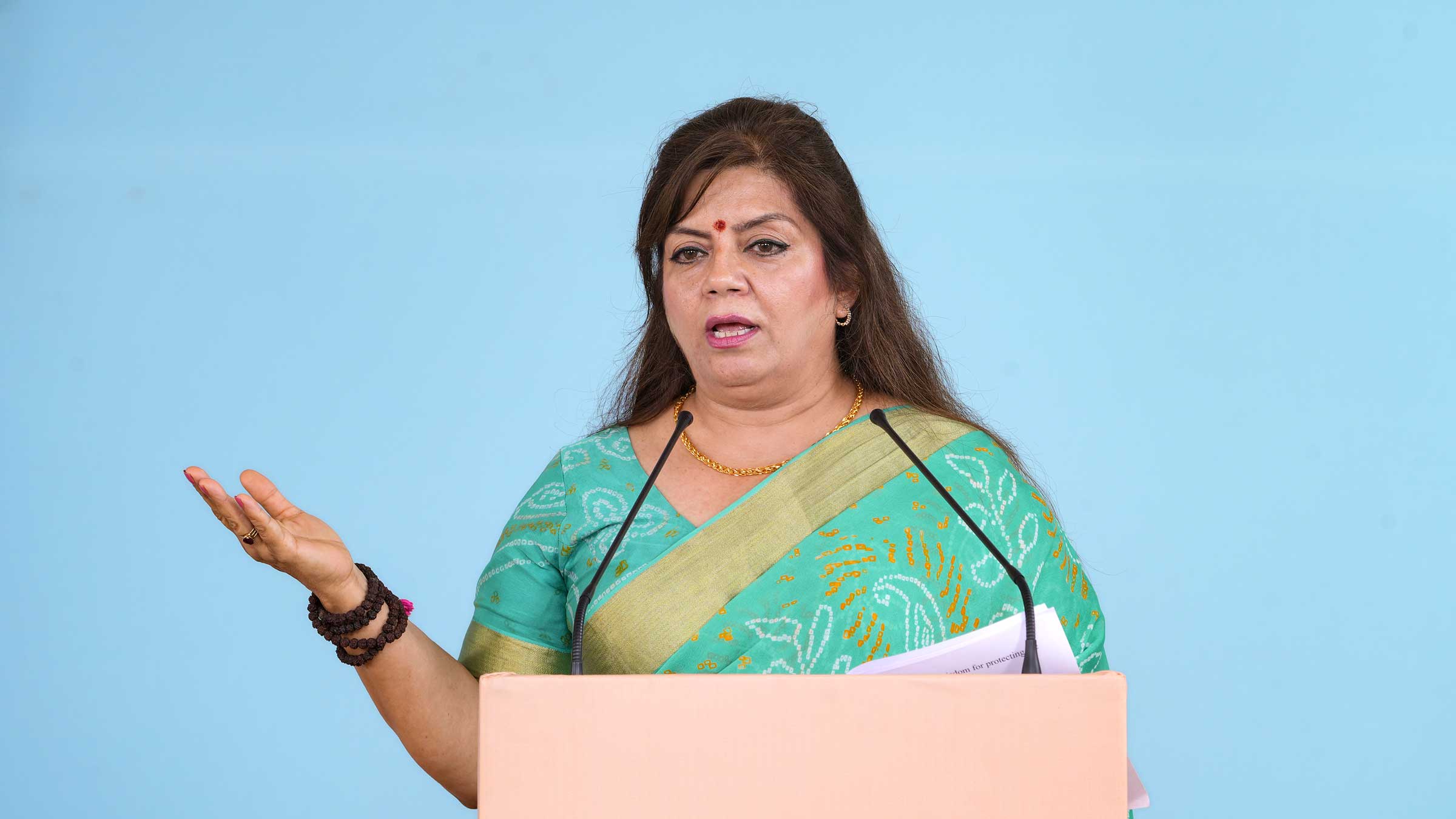
Crores of Hindus have given their lives to protect this land of India. If this is the case, how can we hand over pieces of this land to other religions? Indian traditions and culture have been created by our great Sages for the benefit of mankind. The Hindu culture is to first salute the earth, salute the Sun after waking up. Hindu Dharma teaches that before plucking a flower, one should seek permission from the tree. How can the environment deteriorate in such a culture? Indian culture basically teaches conservation of environment. In the year 2021-22, India exported 11 lakh 75 thousand metric tons of beef. This is against our Dharma and scriptures. In our culture we are taught to offer fodder to the cattle. Had our children been taught to offer fodder to the cows, Hindu girls would not have run away with cattle slaughterers. If Hindus had taught their own culture to their children, incidents of love jihad would not have happened. Hindus should teach Indian culture to their children. Mrs. Meenakshi Sharan, the founder of ‘Ayodhya Foundation’, asserted that Hindus should understand the scriptures and act accordingly. She was addressing the audience on Day 6 (on 21.6.2023) of the Vaishvik Hindu Rashtra Mahotsav being held here.
Sanskrit useful for education, awakening, and protection of Dharma – Dr Ajit Chaudhari, Principal, Yashvantrao Chavan Polytechnic, Beed, Maharashtra
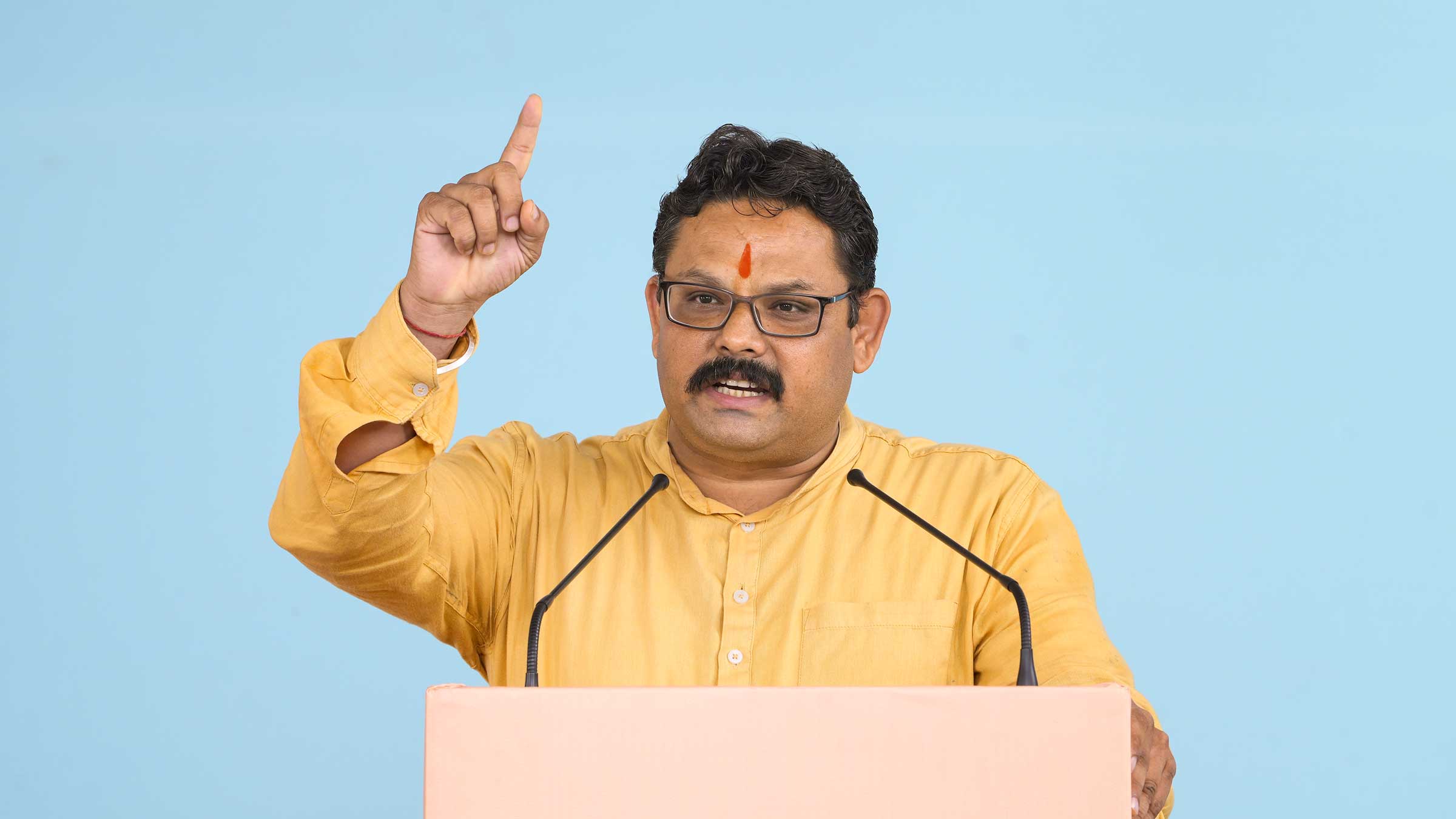
This country has been a Hindu Rashtra since time immemorial and will continue to be a Hindu Rashtra. Efforts in educating, awakening, and protecting Dharma are required for the establishment of Hindu Rashtra. To achieve this there is no alternative to Sanskrit. In our culture all Dharmik education is in Sanskrit. To learn that, it is necessary to know Sanskrit. In order to effectively create awareness on Dharma, one should know the nature of Hindu Dharma. One should know Sanskrit to do that too. Also, the Shri Ram Janmabhoomi case has shown that Sanskrit is useful to reverse the attacks on Dharma. In order to prove that Shri Ram Janmabhoomi belongs to Bhagwan Shri Ram, the advocates had to submit evidence of Sanskrit scriptures before the Supreme Court, said Dr Ajit Chaudhari, Principal of Yashvantrao Chavan Polytechnic, Beed. He was speaking on Day 6 of the Vaishvik Hindu Rashtra Mahotsav (21.6.2023).
He said, ‘Sanskrit is the common thread that links Hindus living anywhere in the world. All the rites of our Dharma are in Sanskrit. We start and end our day with Sanskrit verses. Although the Macaulay system of education has alienated us from Sanskrit as a language, this divine language continues to be an integral part of our lives. Today, various researchers have proved that Sanskrit is perfectly suitable for computer ‘processing’. Our ancient temples were not only places of worship, but also centers of learning and technology. Thousands of years ago our sages wrote down many discoveries in Sanskrit. Hence, efforts are required to bring this comprehensively ideal language of Sanskrit to the mainstream. Every family should teach their children Sanskrit when they are young.’

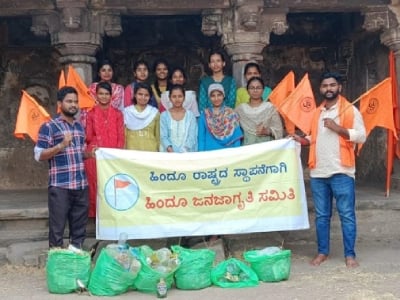 HJS drive to clean Gajendragad in Karnataka
HJS drive to clean Gajendragad in Karnataka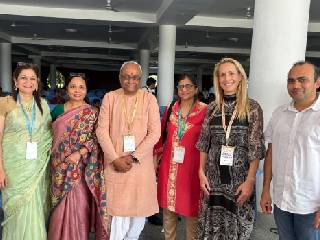 To eradicate external and internal pollution, modern medicine needs the support of spiritual science
To eradicate external and internal pollution, modern medicine needs the support of spiritual science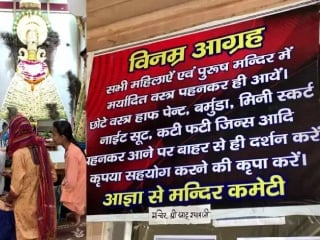 Dress code guidelines enforced for visiting 73 temples in Pune district
Dress code guidelines enforced for visiting 73 temples in Pune district HJS welcomes the Govt decision to rename 8 railway stations in Mumbai, replacing foreign names!
HJS welcomes the Govt decision to rename 8 railway stations in Mumbai, replacing foreign names! Global Spirituality Mahotsav organised in Hyderabad from 14th to 17th of March
Global Spirituality Mahotsav organised in Hyderabad from 14th to 17th of March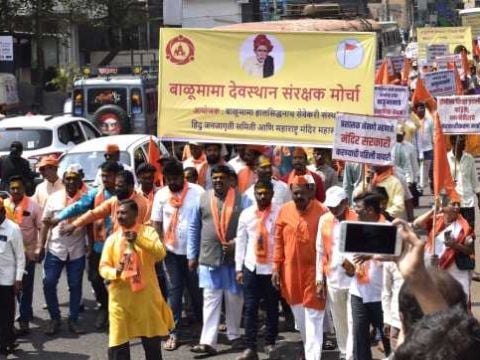 Conduct an immediate inquiry into mismanagement of ‘Balumama Devasthan’ at Kolhapur
Conduct an immediate inquiry into mismanagement of ‘Balumama Devasthan’ at Kolhapur